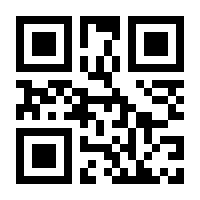
From the reviews of the second edition:
„The author has designed this book for several possible uses: for self study, as a text for advanced linear algebra for advanced undergraduate or first-year graduate students, as a reference book, or as study guide for Ph. D. qualifying exams. The topics that the author considers are mostly standard … . the text is full of exercises – more than a thousand of them. How much more than this does an incoming graduate student really need to know?“ (William J. Satzer, MathDL, April, 2007)
„The second edition has been published by Springer, which certainly testifies to the success of this book as a comprehensive textbook on linear algebra. It has been extensively revised and will continue to be very useful for self-study, as a textbook for advanced linear courses, and for reference purposes.“ (Rabe von Randow, Zentralblatt MATH, Vol. 1114 (16), 2007)
The Linear Algebra a Beginning Graduate Student Ought to Know
von Jonathan S. GolanLinear algebra is a living, active branch of mathematics which is central to almost all other areas of mathematics, both pure and applied, as well as computer science, the physical and social sciences, and engineering. It entails an extensive corpus of theoretical results as well as a large body of computational techniques.
The book is intended to be used in one of several possible ways:
(1) as a self-study guide;
(2) as a textbook for a course in advanced linear algebra, either at the upper-class undergraduate level or at the first-year graduate level; or
(3) as a reference book.
It is also designed to prepare a student for the linear algebra portion of prelim exams or PhD qualifying exams.
The volume is self-contained to the extent that it does not assume any previous formal knowledge of linear algebra, though the reader is assumed to have been exposed, at least informally, to some basic ideas and techniques, such as the solution of a small system of linear equations over the real numbers. More importantly, it does assume a seriousness of purpose and a modicum of mathematical sophistication. The book also contains over 1000 exercises, many of which are very challenging.






